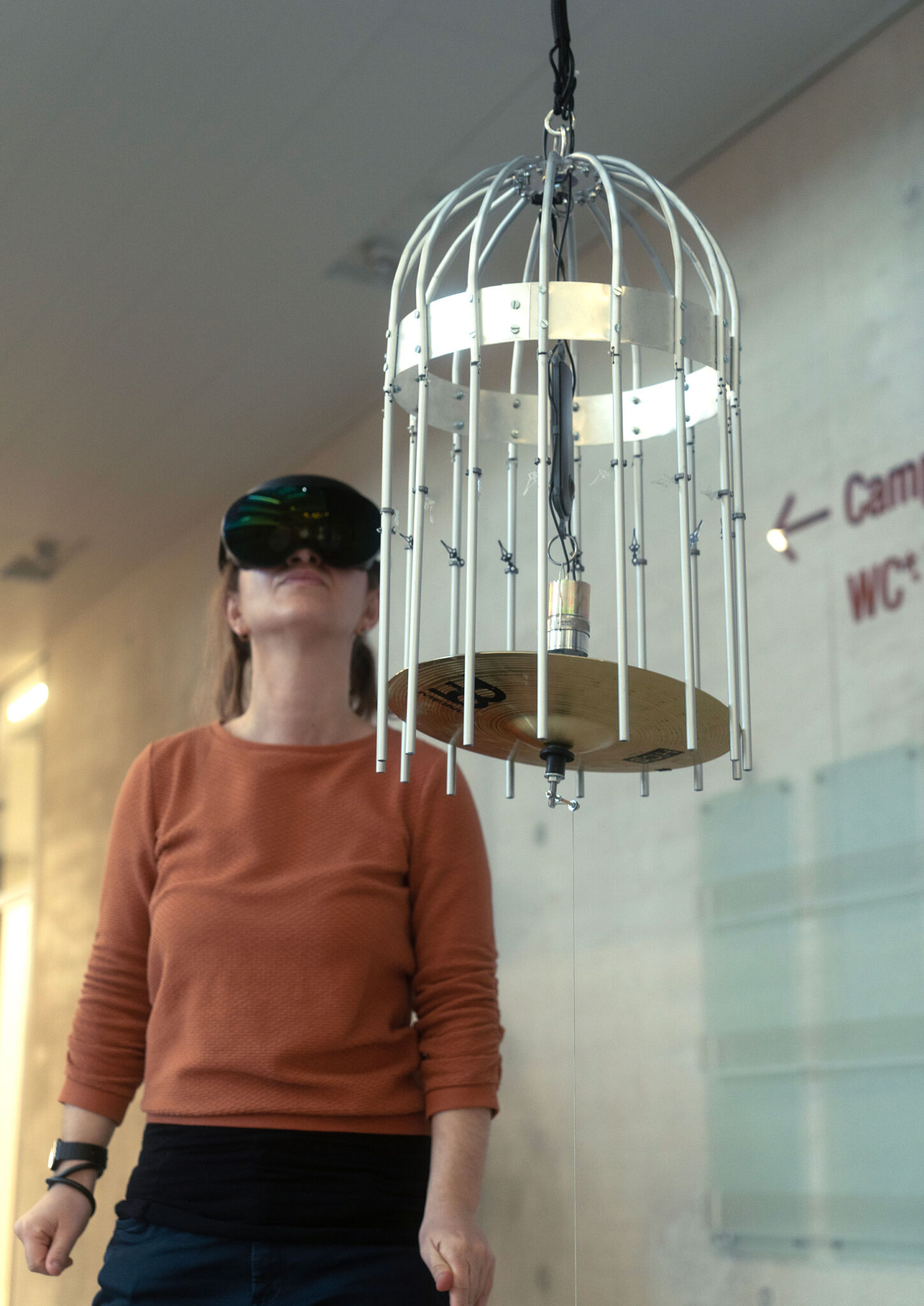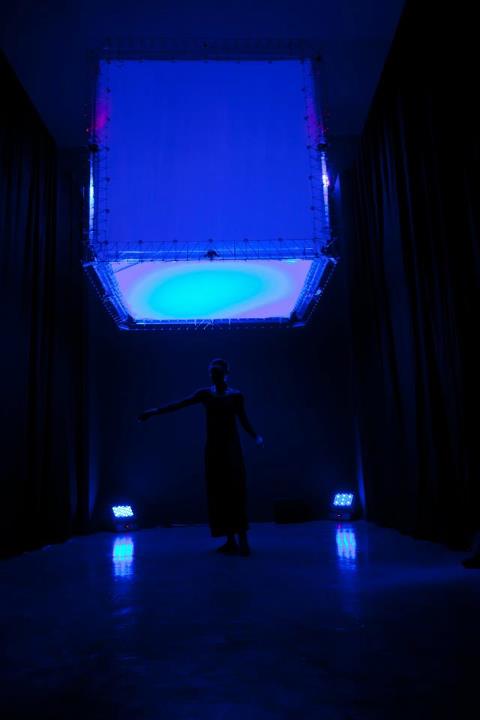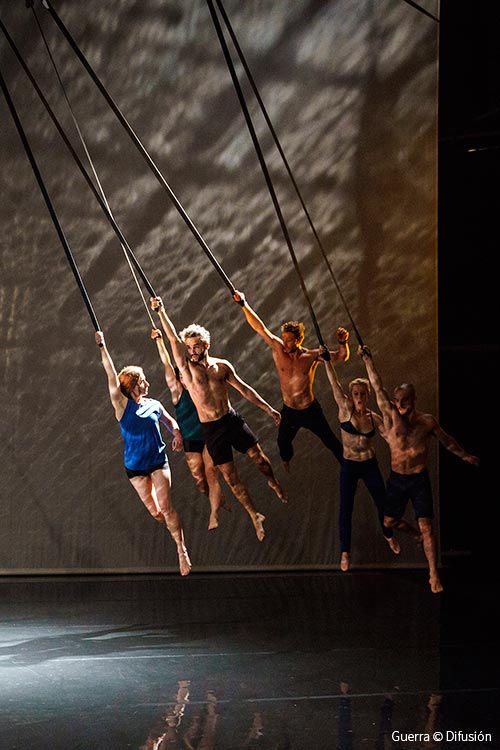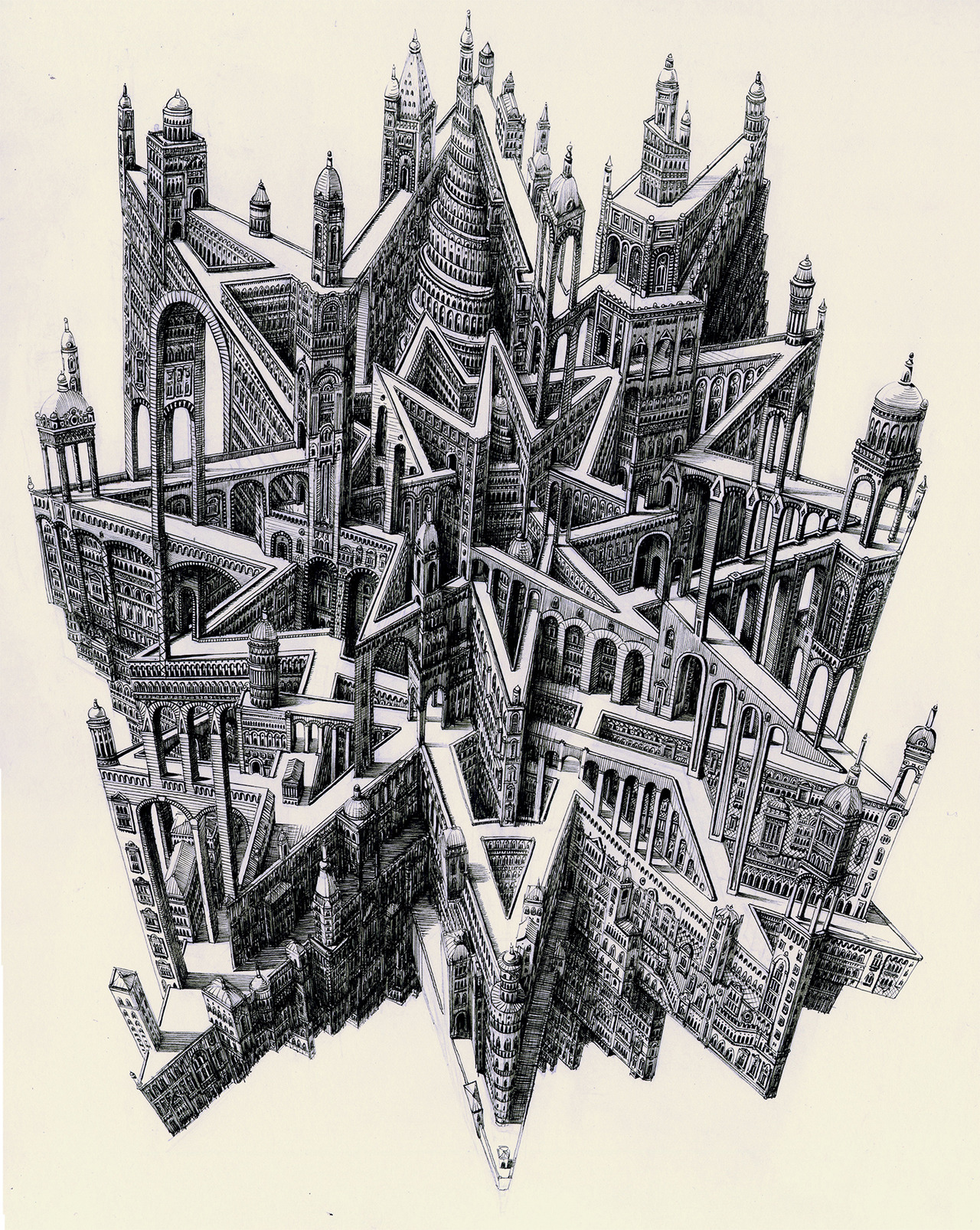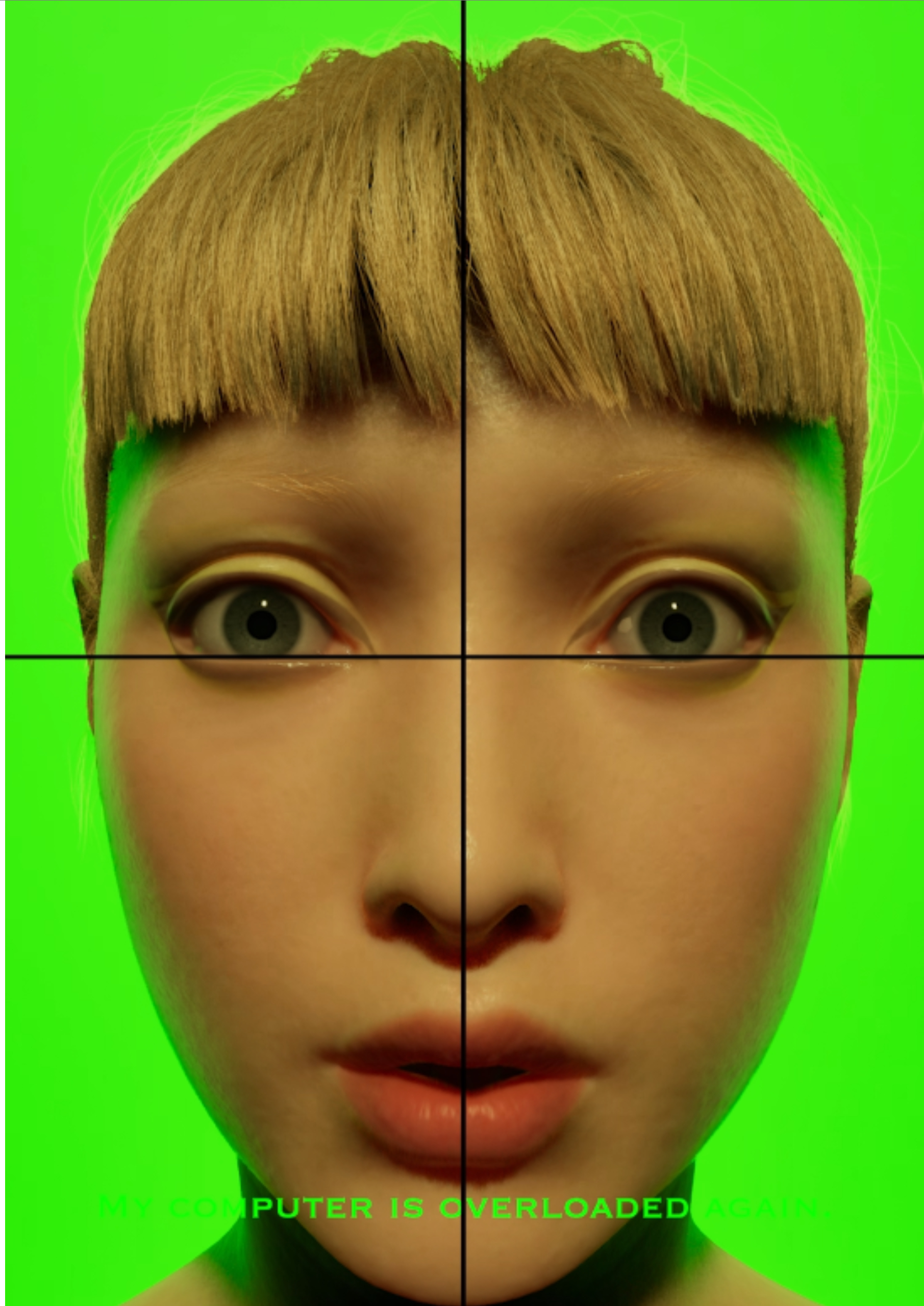
SYNTHETIKA: Yuting Chen
A Camera and an Engine
Yuting Chen
FILE São Paulo 2025 | Videoart
Festival Internacional de Linguagem Eletrônica
A Camera and an Engine – China
A Camera and an Engine é um vídeo renderizado de 4 canais que retrata a dualidade do estado suspenso de uma jovem streamer de videogames chinesa nos mundos digital e real. Virtualmente, essa suspensão se manifesta em encontros com falhas, bugs e áreas não programadas, enquanto, na realidade, representa a instabilidade e a ansiedade em uma sociedade acelerada e altamente competitiva.
BIO
Yuting é uma artista multimídia chinesa nascida em 1998, com base em Londres e Pequim. Seus interesses de pesquisa focam no vídeo experimental, motores de jogos e nos paradoxos da virtualização da realidade. Yuting é bacharel pela Universidade de Tsinghua em Mídia Impressa, e completou seu mestrado em Belas Artes na mesma universidade e no Royal College of Art, no Reino Unido.
